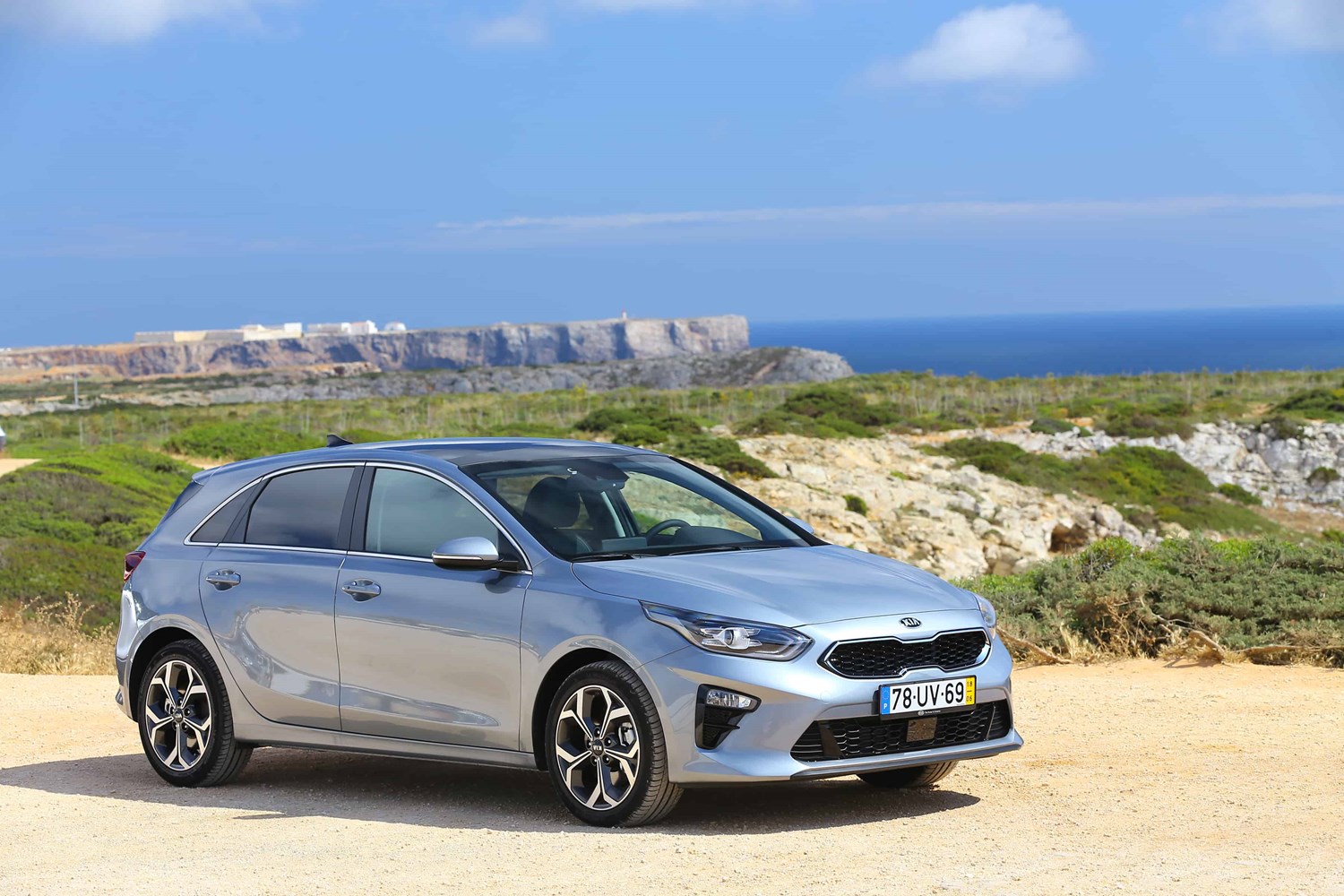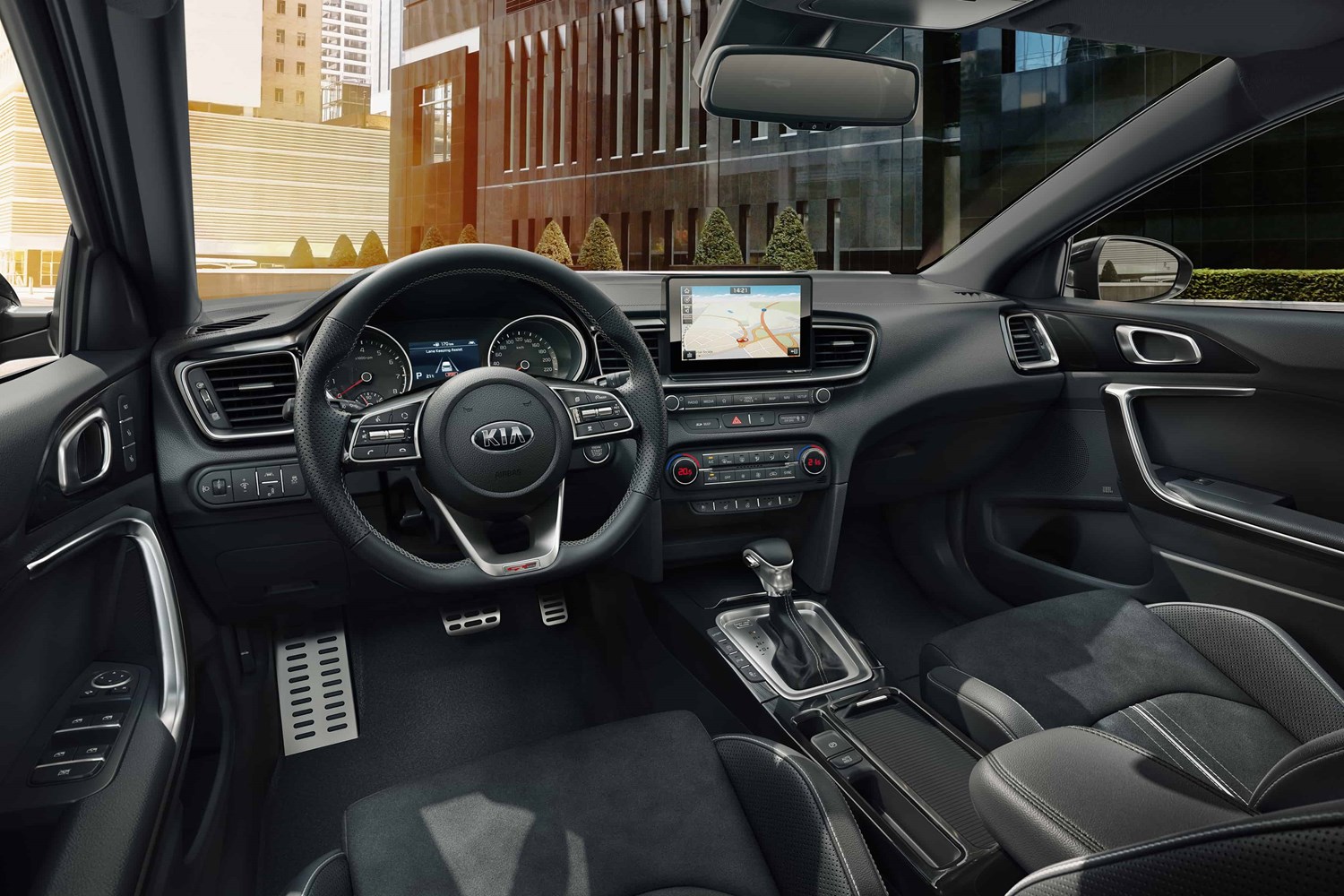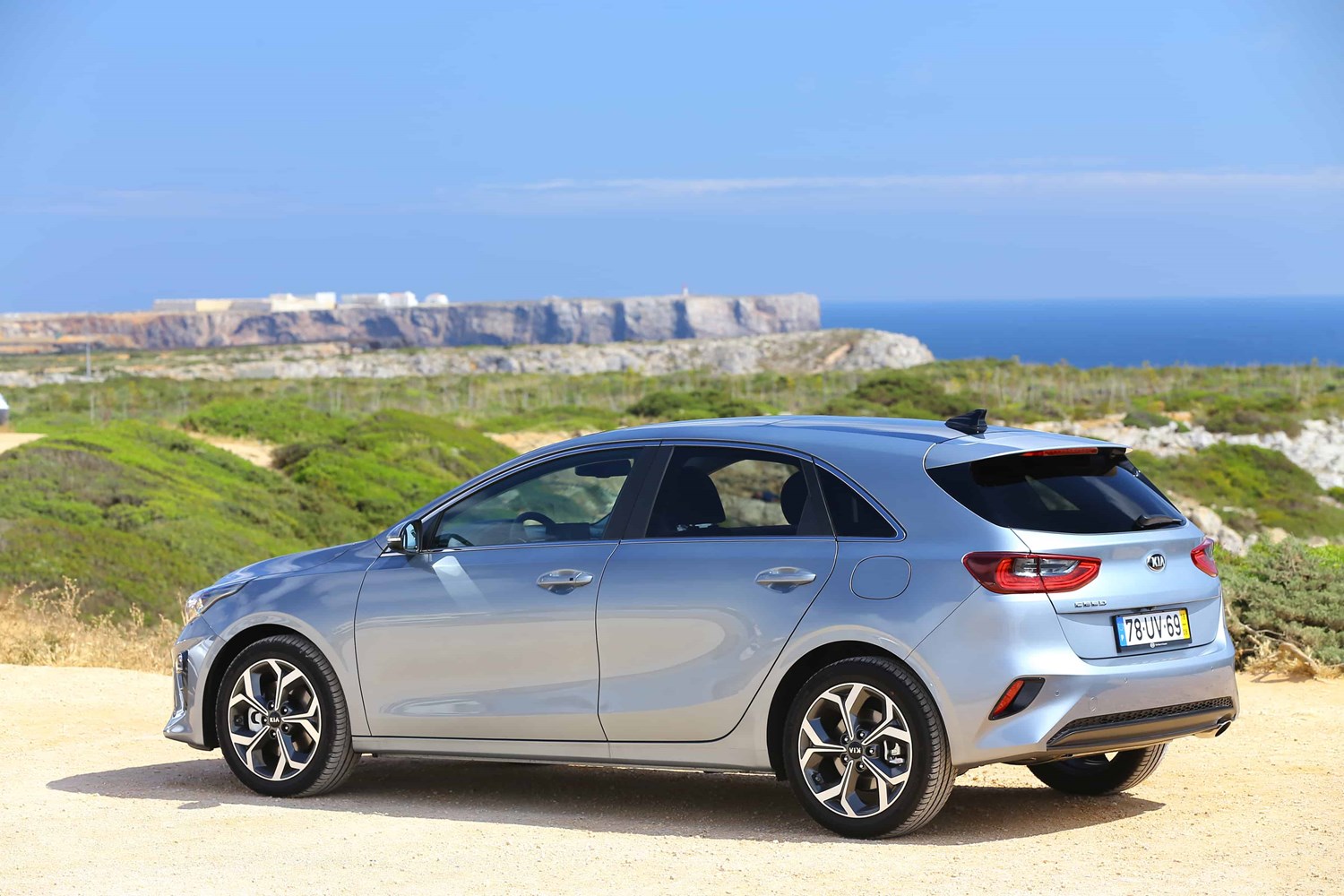Model review
The Kia Cee’d (as it was known back then) began production in 2006 and succeeded the compact Spectra and Cerato models. It was the firm’s first car designed and built in Europe, for Europe.
In fact, Kia took the initials of the European Economic Community, EEC or CEE in some countries, and then added ED for European design. However, because ‘CEEED’ featured too many ‘E’s, it was shortened simply to Cee’d.
The manufacturer intended for it to take on mainstream alternatives throughout the market. And, in terms of sales, it did pretty well to say the least. In its first few years after launch, the Cee’d became Kia’s best-selling European model.
For 2010, Kia gave it a facelift, involving a new corporate grille called the ‘tiger-nose’. The sharper look was joined by some engine improvements including reductions in CO2 emissions and better economy.
Two years later, the second-generation Cee’d arrived – an all-new version created to build upon the first’s success. Featuring a more modern look inside and out, the second-gen car really brought the nameplate bang up to date. This generation also saw the introduction of the GT – a sporty variant and the company’s first shot at a hot hatch.
Now, we move onto the current, third generation model, which began production in 2018.


